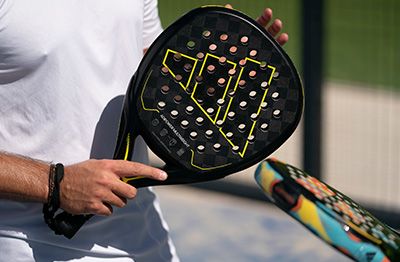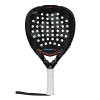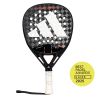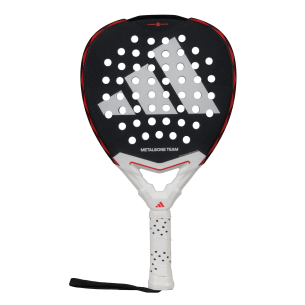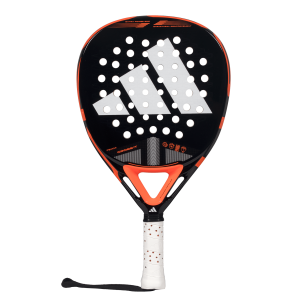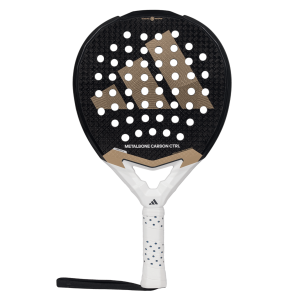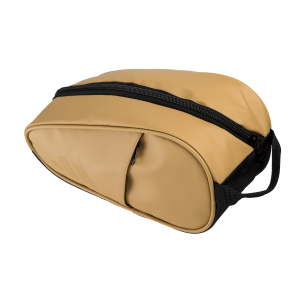
How to build a padel partnership that really works
In padel, we have all thought at some point about the “perfect pair”: that duo that never makes mistakes, is always well positioned, and seems to understand each other without speaking.
The reality is very different: the perfect pair does not exist.
At adidas padel, we believe that what does exist—and what truly makes a difference in your game—is a pair that works, that complements each other, and that evolves together. And that is not found: it is built.
1. Chemistry isn’t magic: it’s understanding
Connection on the court doesn’t appear out of nowhere.
It comes when you understand:
-
Which shots bother your partner.
-
How they handle pressure points.
-
When they need calm and when they prefer pace.
-
Which shots they dominate and which make them insecure.
It’s not about demanding your partner to play like you, but understanding how they play so the team works better.
2. Complementing styles is more important than having identical styles
In padel, there are very different player profiles:
-
Patient players who build from the baseline.
-
Players who need aggression to feel comfortable.
-
Specialists in the aerial game.
-
Players who excel in defense and reading rebounds.
A strong pair isn’t two identical players; it’s two players whose talents complement each other, so one provides what the other lacks. The goal isn’t to clone each other—it’s to complement each other.
3. Communication is the invisible court connecting the pair
In padel, communication isn’t about talking constantly.
It’s about creating a line of connection that allows both to move as a team, not as two independent players.
This connection is built through brief, clear, and tactical signals:
-
Who covers the center in each situation.
-
When both should move up to the net and when to wait for another shot.
-
Indicating shot directions.
-
Avoiding confusion on middle balls by calling “mine” in time.
-
Adjusting the rhythm of the point.
It’s not about talking a lot, but saying what’s necessary before the action happens, so your partner can anticipate. Communication not only organizes tactics—it gives confidence.
4. Strong pairs are built in difficult moments
Every pair celebrates winners. The real difference appears when:
-
Two mistakes happen in a row.
-
A lob falls short.
-
A bandeja goes long.
-
The match gets tense.
-
A decisive golden point occurs.
Pairs that work don’t collapse under mistakes: they adjust, protect each other, slow down, and reorganize. They are built not by avoiding mistakes, but by learning to manage them together.
5. Practical actions to improve your pair starting today
Here are practical keys to raise any duo’s level:
-
Talk before playing: what plan to follow, who covers the center, when to move up.
-
Simplify tactics: depth, center control, don’t accelerate without advantage.
-
Train real situations: coordinated net approaches, golden points, defensive lobs.
-
Establish routines between points: look at each other, tap rackets, reset together.
-
Respect roles: if one dominates at the net, the other balances from the back; if one sets the pace, the other supports.
A functioning pair is not born—it’s built, point by point.
